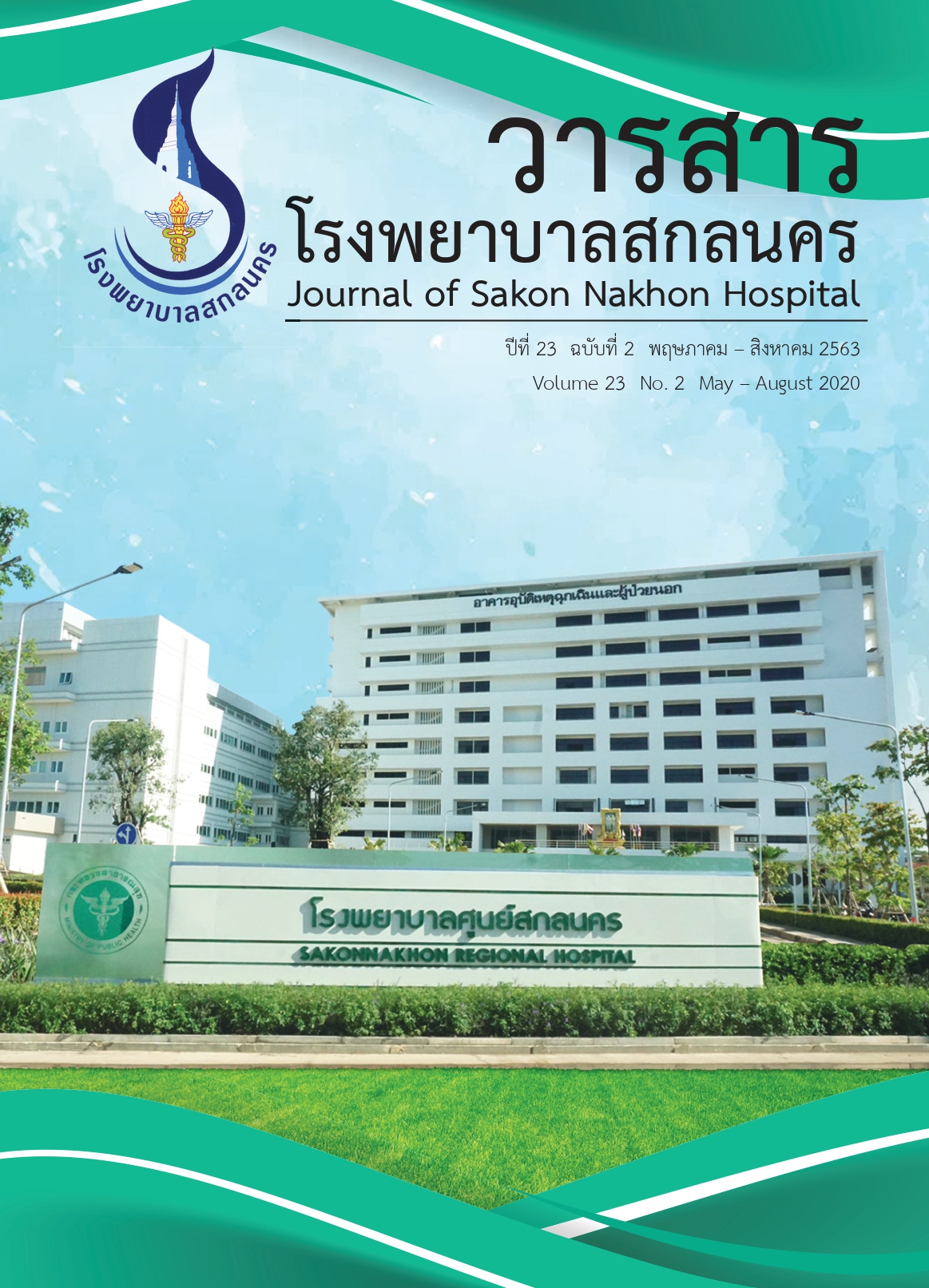Ablation Technique in Patient with Pre–Excited Atrial Fibrillation with a High Risk Accessory Pathway
Abstract
Atrial fibrillation (AF) with accessory pathway induced ventricular pre–excitation may be life threatening due to the high risk to develop severe hypotension, ventricular fibrillation and sudden cardiac death. AF with Wolff–Parkinson–White (WPW) syndrome is specific concern because of the potential for degeneration to ventricular fibrillation related to rapidly conducting anterograde accessory pathways. The risk of developing AF over 10 years in patients with WPW is estimated at 15%, although the mechanism of increased AF risk is poorly understood. Approximately 25% of patients with WPW syndrome have accessory pathways with short anterograde refractory periods (< 220 ms), which are associated with a risk of rapid ventricular rates and ventricular fibrillation. During AF, the ventricular rate is determined by competing conduction over the AV node and the accessory pathway (s). As with any unstable arrhythmia, defibrillation is recommended for hemodynamic instability. Agents that slow AV nodal conduction without prolonging accessory pathway refractoriness (for example Verapamil Diltiazem Digoxin and B Blocker) can accelerate the ventricular rate and precipitate hemodynamic collapse and ventricular fibrillation in high–risk patients and intravenous amiodarone can precipitate ventricular fibrillation and should not be used. The role of catheter ablation of accessory pathway is safety and efficacy. However, ablation of the accessory pathway does not always prevent AF. Radiofrequency ablation in AF with WPW is difficult to interpret signal. Therefore both anatomical and activation mapping are very important to achieve a successful accessory pathway ablation.
Keywords : Atrial fibrillation, Wolff–Parkinson–White Syndrome, Ventricular fibrillation, Sudden cardiac death, Radiofrequency ablation.




